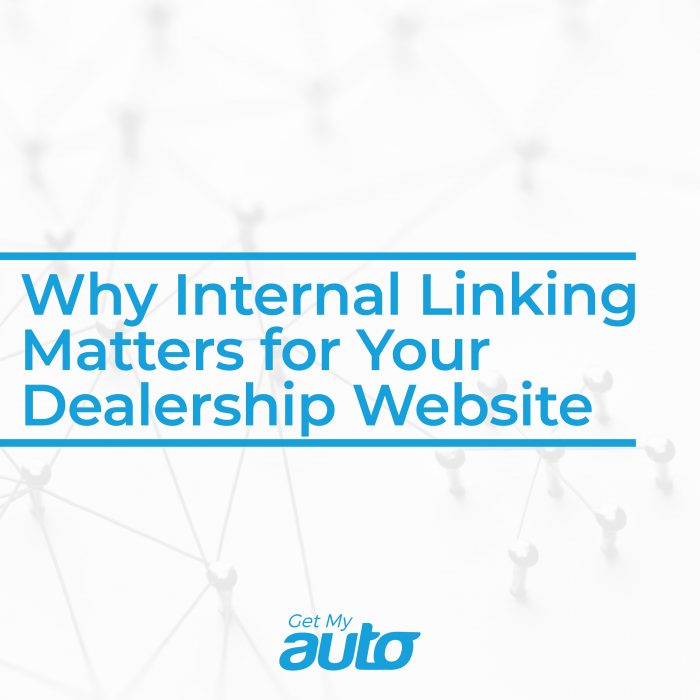In recent years, link building has been one of the core focuses of the SEO world. That’s not without reason: Linking to relevant third-party sites—and receiving backlinks from some of those sites—is a good way of signaling to the search engine algorithms that your website is credible and authoritative.
There’s another aspect of link building that doesn’t get talked about quite as much, however—
and that’s internal linking. In this post, we’re going to take a quick look at what internal linking is, and why it matters for used car dealerships.
Creating Link Equity
When we talk about internal linking, we’re talking about just that—creating plenty of internal links within your dealer website, providing a way for visitors to navigate from one page to another.
This is important for many reasons, and one is that it creates link equity. Here’s what that means. When you receive an authoritative backlink from an external site, it gives your site a little bit of an SEO boost. However, that SEO benefit is relegated to the specific page that got the backlink. For instance, if someone links to your Service Center page, it’s the Service Center page that gets the boost—not your About Us page, your Contact page, etc.
But with internal linking, you can effectively spread that SEO benefit around to all your other pages, ensuring that it’s not just relegated to the site that won the backlink. Essentially, internal linking lets you take the authority of one page and attribute it to others.
Other Reasons to Pursue Internal Linking
There are other reasons to pursue internal linking, as well. For one thing, it’s a good way to call attention to pages that don’t get as much traffic. Your home page is likely to be a primary point of entry—but how many visitors come to your site through, say, your FAQ page? This traffic disparity can cause your FAQ page to have less SEO traction, but internal linking allows you to provide it a little boost.
Internal linking can jumpstart new pages, too; indeed, we’d recommend pointing some internal links to your new page before you seek out external links.
Finally, internal linking can be an effective way of creating a seamless user experience, offering your site visitors a linear and logical way to navigate from page to page.
Getting Internal Linking Right
With all of that said, there are right ways and wrong ways to create internal links. One important factor is relevant. You don’t want your internal links to feel forced or random; they should always make contextual sense.
Anchor text is important, too. Always employ anchor text that’s clear and specific. Indeed, this is one area where exact-match anchor text is actually okay.
These are just a few key points about the internal linking process. Make sure you’re implementing them on your dealer website—and if you have questions about creating a robust Web presence for your dealership, reach out to Get My Auto today!


